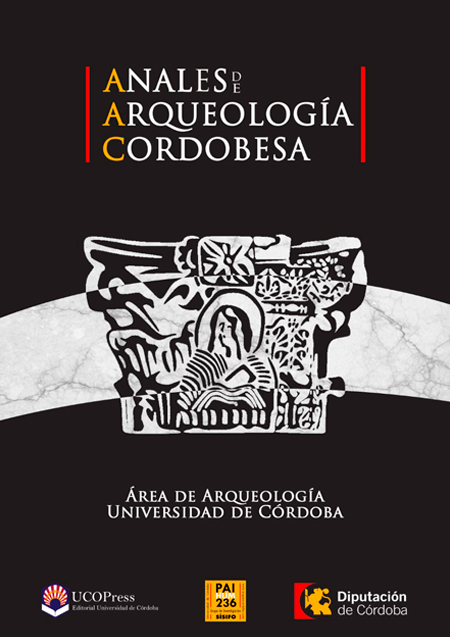Comunicare l’arte classica: un questionario sulla percezione dei bronzi di Riace
DOI:
https://doi.org/10.21071/aac.v28i0.10198Palabras clave:
Bronzi di Riace, Arte Classica, Archeologia Pubblica, Apprendimento, Media.Resumen
L’articolo propone alcune considerazioni sulla comunicazione e sulla percezione pubblica nei settori dell’archeologia e dell’arte antica. Base dell’analisi è un questionario somministrato a 73 studenti universitari, all’inizio del loro corso di studi, considerati quale esempio di pubblico giovane, interessato ma non specializzato. Le domande vertono interamente sui bronzi di Riace, un tema complesso su cui la critica ha fornito numerose letture e che lascia tuttora aperte varie questioni. Al termine dell’analisi si propone una riflessione più generale, mirata a far considerare l’importanza della divulgazione del metodo di analisi archeologica a scapito di aspetti più avventurosi, estetici e sensazionalistici.Descargas
Los datos de descargas todavía no están disponibles.
Descargas
Publicado
2017-12-21
Cómo citar
SCALCO, L., & SALVADORI, M. (2017). Comunicare l’arte classica: un questionario sulla percezione dei bronzi di Riace. Anales De Arquelogía Cordobesa, 28, 231–250. https://doi.org/10.21071/aac.v28i0.10198
Número
Sección
ARTÍCULOS
Licencia
Aquellos autores/as que tengan publicaciones con esta revista, aceptan los términos siguientes:- Los autores/as conservarán sus derechos de autor y garantizarán a la revista el derecho de primera publicación de su obra, el cuál estará simultáneamente sujeto a la Licencia de reconocimiento de Creative Commons que permite a terceros compartir la obra siempre que se indique su autor y su primera publicación esta revista.
- Los autores/as podrán adoptar otros acuerdos de licencia no exclusiva de distribución de la versión de la obra publicada (p. ej.: depositarla en un archivo telemático institucional o publicarla en un volumen monográfico) siempre que se indique la publicación inicial en esta revista.
- Se permite y recomienda a los autores/as difundir su obra a través de Internet (p. ej.: en archivos telemáticos institucionales o en su página web) antes y durante el proceso de envío, lo cual puede producir intercambios interesantes y aumentar las citas de la obra publicada. (Véase El efecto del acceso abierto).


